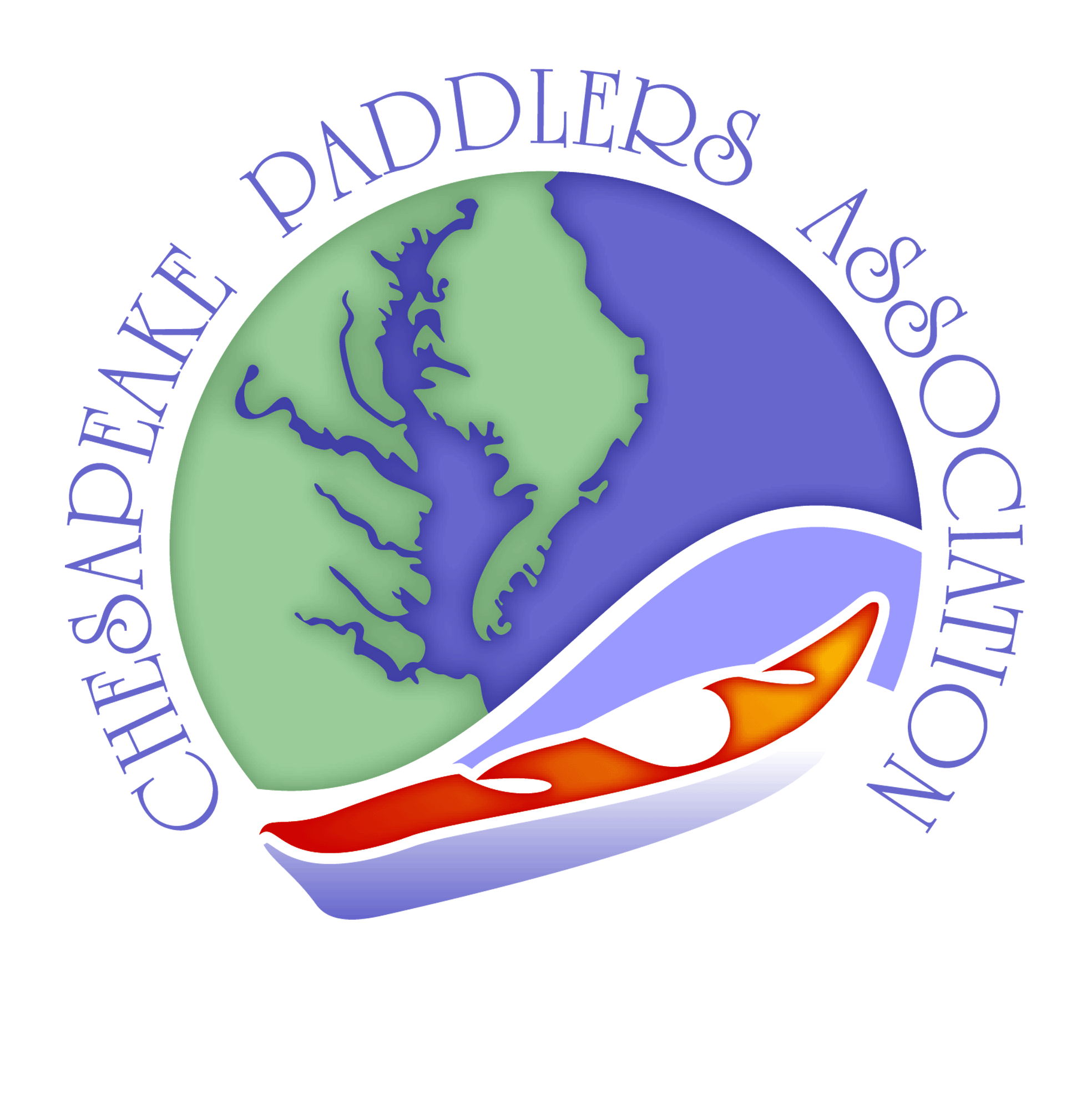 In January, CPA sponsored a cold water clinic presented by Moulton Avery. This clinic was very informative and eye-opening instruction; he dug deeply into the subject of cold water shock. This was my third time attending the clinic. One thing that struck me was that Moulton barely touches on hypothermia because in reality after cold water shock, you probably won’t live long enough to get hypothermia. In theory both are dangerous, but hypothermia is secondary to cold water shock because cold water shock is immediate while hypothermia can take 30 minutes to develop. I have been in paddling clubs continuously for over 30 years, sat through many training clinics, including ACA instructor certification and swift-water rescue, but do not recall ever hearing the term cold water shock, only discussions on hypothermia. I believe every paddler, even if you consider yourself a fair weather paddler or ‘summer paddler only,’ should take the time either to attend the clinic or at least to visit the website. MOST paddlers who get into trouble are paddling in spring when the air is warm and the water is below the acceptable limit. THIS IS NOT LIMITED TO WINTER PADDLERS!
In January, CPA sponsored a cold water clinic presented by Moulton Avery. This clinic was very informative and eye-opening instruction; he dug deeply into the subject of cold water shock. This was my third time attending the clinic. One thing that struck me was that Moulton barely touches on hypothermia because in reality after cold water shock, you probably won’t live long enough to get hypothermia. In theory both are dangerous, but hypothermia is secondary to cold water shock because cold water shock is immediate while hypothermia can take 30 minutes to develop. I have been in paddling clubs continuously for over 30 years, sat through many training clinics, including ACA instructor certification and swift-water rescue, but do not recall ever hearing the term cold water shock, only discussions on hypothermia. I believe every paddler, even if you consider yourself a fair weather paddler or ‘summer paddler only,’ should take the time either to attend the clinic or at least to visit the website. MOST paddlers who get into trouble are paddling in spring when the air is warm and the water is below the acceptable limit. THIS IS NOT LIMITED TO WINTER PADDLERS!
Thinking back, I believe I encountered cold water shock but didn’t know what it was. I was paddling Laurel Hill Creek on Laurel Mountain in western Pennsylvania with two friends, Tom and Charlie, in the late 1980s. The creek is a gorgeous white water stream, and we all were paddling solo, white-water play boats. After a long cold snap with temperatures well below freezing and even below zero on a few days, that day was warm, about 50 degrees and sunny. The air was warm but the water was frigid–about 35 degrees with sheets of ice piled on the shore at sharp turns in the river. The three of us had on all our safety gear, including dry suits, PFDs, helmets, and throw bags.
The greatest danger is a warm day with frigid water temps.
We had just dropped through a rapid into a calm pool, but with fast current, I was just ahead of Tom when I heard him scream. I turned to find him in the water. I paddled to him quickly and told him to grab the back of my boat and I would paddle him to shore. He was in the water with his hands to his sides and told me he couldn’t–at this point he had been in the water about 30 seconds and was totally helpless. I again told him to grab my GD boat or I couldn’t help him, but he was totally unresponsive. I finally had to grab his PFD and hold on while Charlie bulldozed my boat to shore with Tom in tow. About the time we reached shore, Charlie flipped but quickly self-rescued while I continued to help Tom out of the water. I gave Tom a thermos of hot tea and told him to start walking. Charlie followed Tom on shore while I started a long trek to retrieve his boat which had a quarter mile head start in fast current. Retrieving his boat was a two-plus mile hard paddle (which is another story). By the time Tom reached his boat, he was warm and acting fairly normal, but he was visibly shaken.
Thinking back, I believe Tom went into cold water shock because he was totally helpless, incoherent, and out of it–this was after about 45 seconds in the water. He seemed to recover quickly once he started walking and drinking hot liquids. Tom was wearing a dry suit but probably had on very little underneath since it was such a warm day—he had dressed for the air and not the water temperature. Tom was completely traumatized and shortly afterward sold all of his paddling gear and gave up the sport.
The point of this story is to do the research and be prepared for cold water. The greatest danger is a warm day with frigid water temps. The clothing you wear and the precautions you take make the difference between having a pleasant paddle or experiencing cold water shock or hypothermia. I have to admit that I was poorly trained for the type of paddling I was doing, but that is all that was available back then. I remember many trainers used the ACA rule that if the water and air temperature added together was less than 120 or 130 degrees, then you needed to wear a dry or wet suit, but many paddlers gave pushback, even in very cold water. Thinking back, this rule is ridiculous–the only way it sort of works is on a very cold day with very warm water.
Paddle on, but be safe–
Bill Smith
